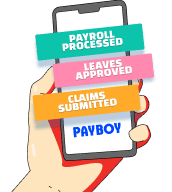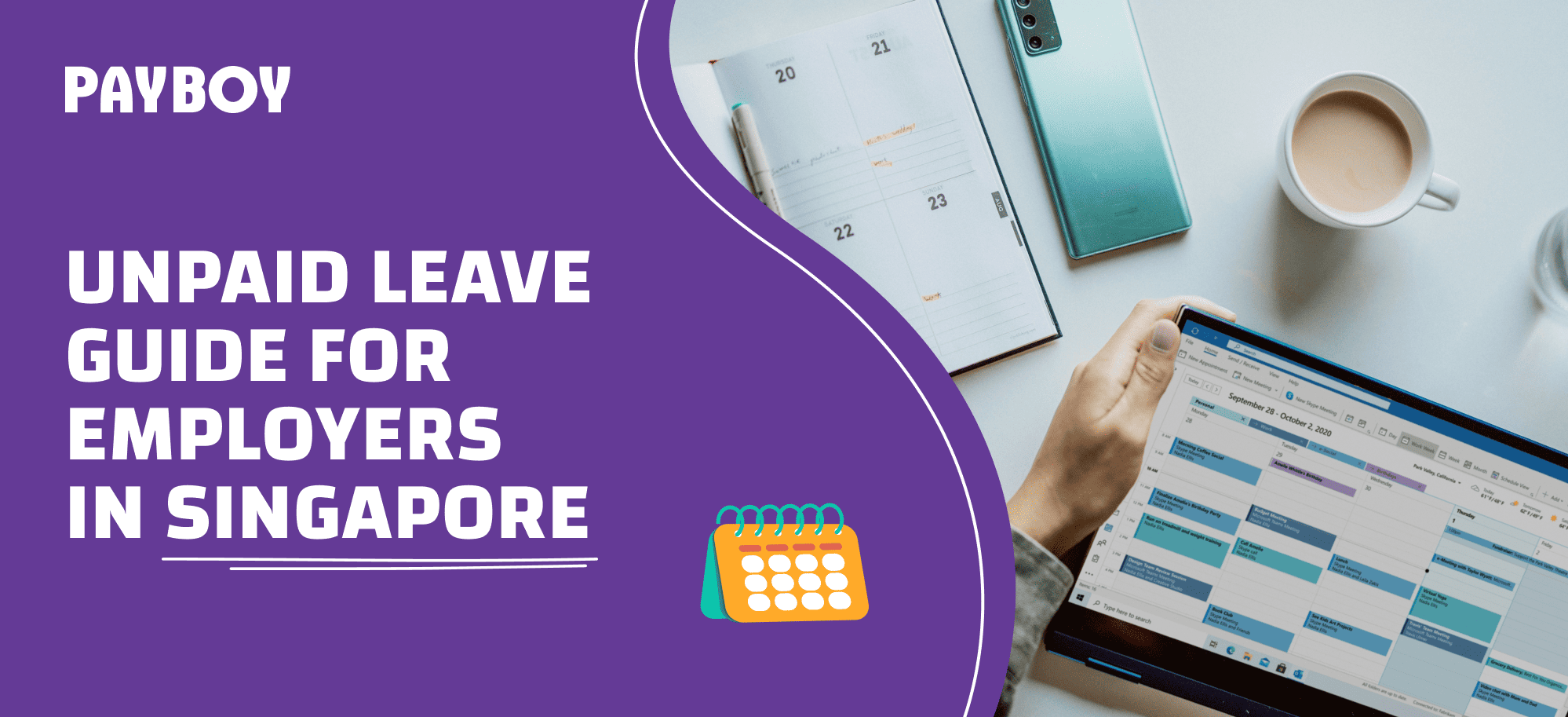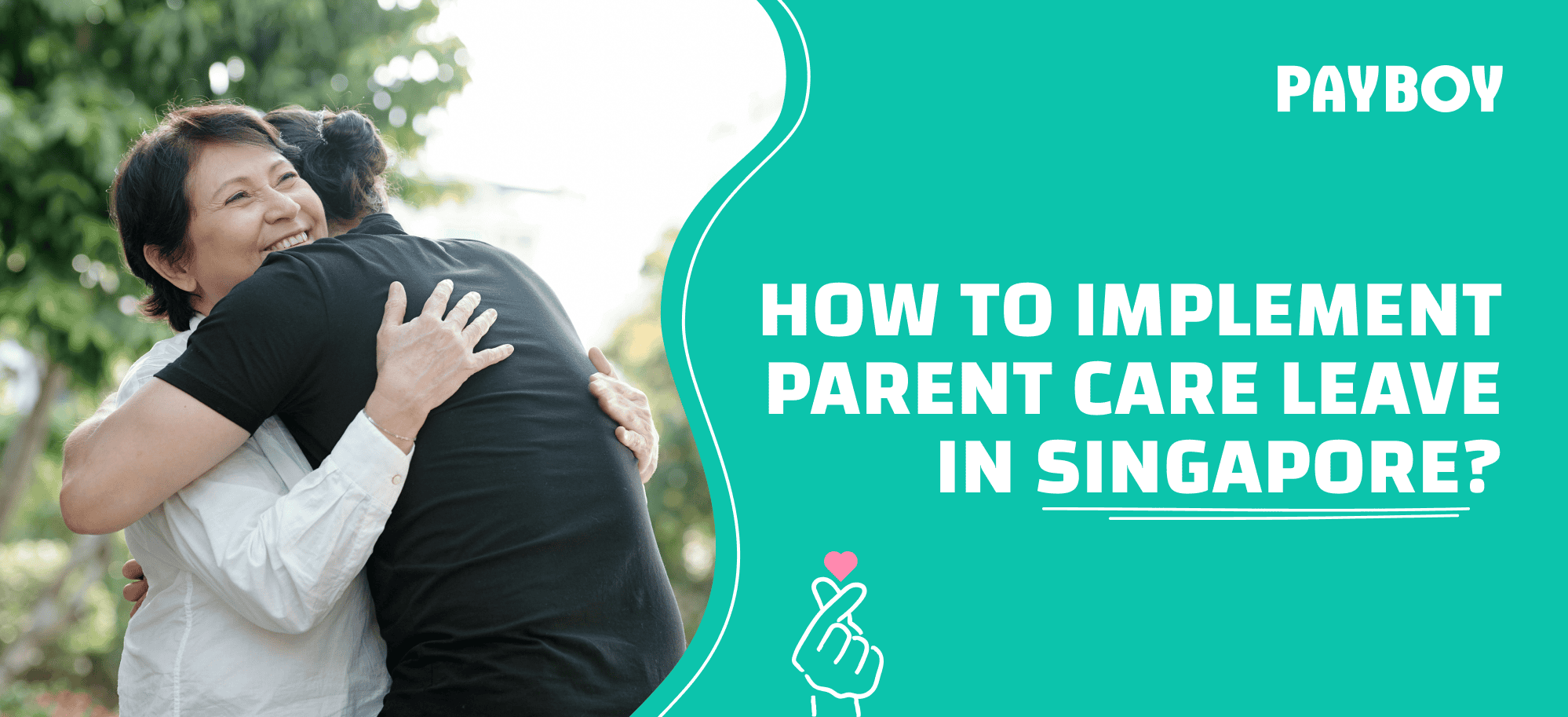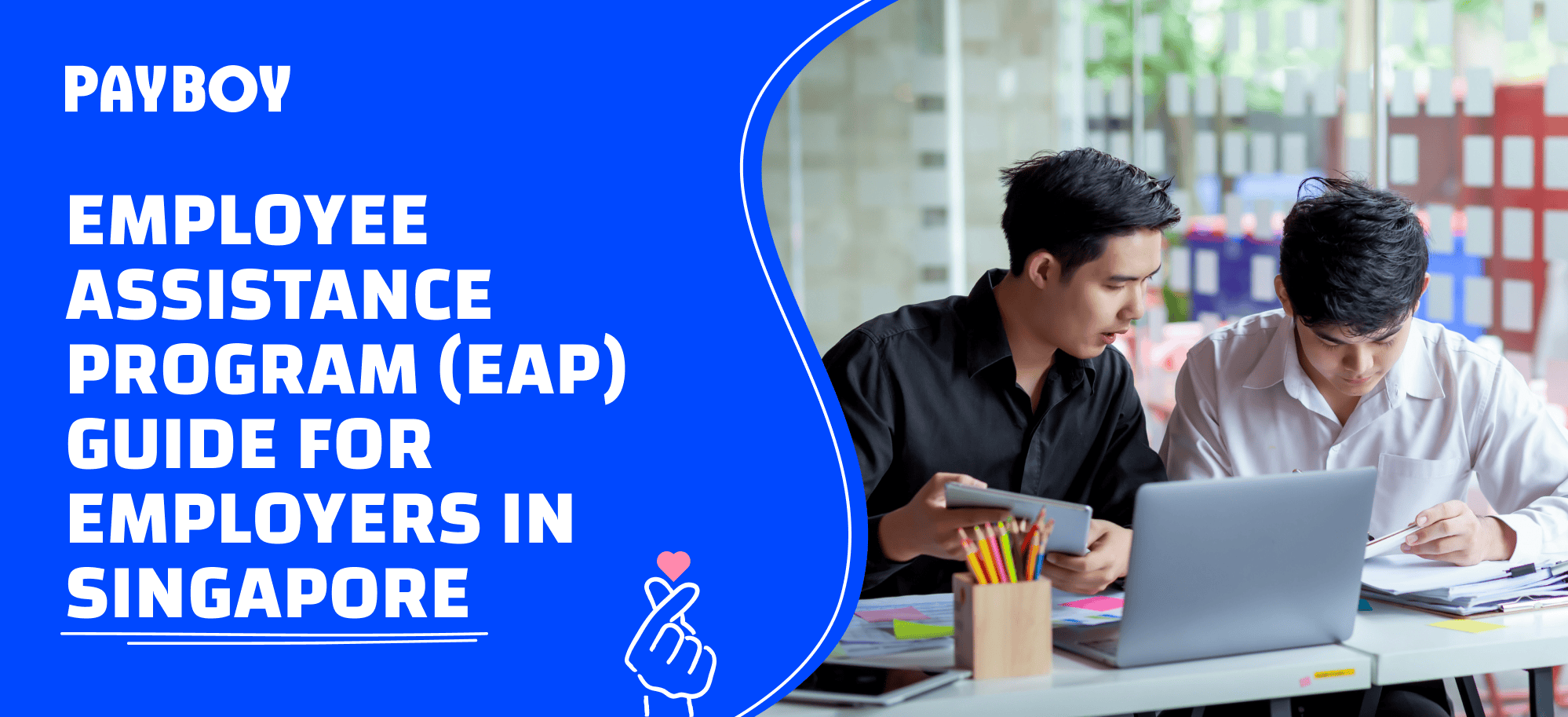In the dynamic landscape of Singapore's workforce, business owners and HR professionals often grapple with the complexities of managing unpaid leave. Whether it's accommodating employees' personal needs or navigating unexpected circumstances, a clear understanding of the intricacies surrounding no-pay leave is crucial. In this comprehensive guide, we'll provide you with valuable insights and answers to common questions regarding unpaid leave policies!
What is unpaid leave (or no-pay leave)?
Unpaid leave, also known as no-pay leave, refers to a period during which an employee takes time off from work without receiving their regular salary or wages. This temporary absence can be voluntary or may result from various circumstances, such as dependent care, continuation of education, or unforeseen emergencies.
What is the difference between paid and unpaid leave?
Paid leave guarantees employees their regular salary or wages during their absence, whereas unpaid leave involves a temporary waiver of compensation. Both types contribute to an employee's overall leave entitlement, and crafting HR policies that strike the right balance is essential for maintaining a motivated and engaged workforce.
Are employees entitled to unpaid leave?
In Singapore, employees are not automatically entitled to unpaid leave, as it is not mandated by any statutory regulations. The decision to grant unpaid leave is at the discretion of the employer, who has the authority to determine the conditions, duration, and limits of such leave.
How many days can an employee take unpaid leave?
The duration of unpaid leave varies across companies and industries. Due to the absence of legal requirements for unpaid leave in the country, employers have the flexibility to establish policies dictating the approval process and terms of no-pay leave. These policies typically outline both the maximum and minimum durations an employee can take for unpaid leave.
What should I include in the unpaid leave policy?
Crafting a comprehensive unpaid leave policy is crucial for maintaining transparency and managing employee expectations. Here are some key factors you should consider when including an unpaid leave policy:
- Eligibility criteria: Clearly outline the circumstances under which employees are eligible to apply for unpaid leave. Specify whether it's for personal reasons, educational pursuits, or other situations.
- Application process: Define the procedure employees should follow when applying for unpaid leave. Specify the required notice period and any documentation or forms necessary for approval.
- Approval process: Clearly outline the process through which leave requests will be evaluated and approved. Designate the appropriate authority for granting or denying unpaid leave applications.
- Duration limits: Specify the maximum and minimum durations for unpaid leave. Clearly communicate any restrictions on the consecutive or cumulative number of days allowed.
- Notice period: Establish the notice period required for submitting an unpaid leave request. This allows the employer to plan for the employee's absence and ensures smooth workflow management.
- Documentation requirements: Clearly state any documentation or proof required to support the leave request. This may include medical certificates or other relevant documents, depending on the nature of the leave.
How do I calculate the salary of an employee who is on no-pay leave for the month?
If the employee who took unpaid leave is a monthly-rated full-time employee, he or she will be considered to have performed an incomplete month of work.
According to the Ministry of Manpower (MOM), the formula to calculate salary for an incomplete month is:
(Monthly gross rate of pay) ÷ (Total number of working days in that month) x (Total number of days the employee actually worked in that month)
Example:
Sarah is an employee working at a tech startup in Singapore with a 5-day work week. Her monthly gross rate of pay is SGD 4,500, and she took 3 days of no-pay leave in June 2023. The month of June has 30 days, with 2 public holidays (2 June 2023 - Vesak Day and 29 June 2023 - Hari Raya Haji).
To calculate Sarah's salary for the incomplete month of June, here are the steps:
Step 1: Calculate the total number of working days in June 2023
The total number of working days in June 2024 is 22 days, including 2 public holidays.
Step 2: Calculate the total number of days Sarah actually worked in June
The total number of days Sarah actually worked = 22 working days - 3 no-pay leave days = 19
Step 3: Calculate Sarah’s salary for the incomplete month of June
Salary for the incomplete month = (Monthly gross rate of pay) ÷ (Total number of working days in that month) x (Total number of days the employee actually worked in that month)
Sarah's salary for June = SGD 4,500 ÷ 22 x 19 ≈ SGD 3,886
Tip: Learn more about incomplete month salaries with our “Incomplete month salary guide for employers in Singapore”!
How do I calculate the annual leave entitlement for an employee who took unpaid leave?
When calculating the annual leave entitlement for an employee who has taken unpaid leave, it is crucial to exclude the periods of approved no-pay leave from the computation. To pro-rate your employee's leave entitlement accurately, consider the number of complete months they have actively worked.
For instance:
If an employee is entitled to 12 days of annual leave but has taken a total of 4 days of unpaid leave from January to April (1 day per month), the pro-rated annual leave entitlement would be based on the three completed months of service.
In this scenario, the calculation would be:
(3 completed months ÷ 12 months) × 12 days of leave, resulting in an adjusted annual leave entitlement of 3 days.
This method ensures fairness by accounting for the actual months of service and adjusting the annual leave entitlement accordingly when unpaid leave has been taken.
Tip: As an employer, managing annual leave well is an important part of ensuring that your employees are happy and productive. Find out more in “Annual leave in Singapore - What every employer must know” to stay informed and compliant with HR regulations!
Can an employee take unpaid leave during probation?
Unpaid leave during the probation period is generally at the discretion of the employer. Some companies may have policies that restrict no-pay leave during probation, while others may consider requests on a case-by-case basis. It's advisable for employees to check their employment contracts and company policies for specific guidelines.
Tip: Find out how your employee can submit unpaid leave requests during probation with Payboy’s leave management module!
Can an employee take unpaid leave during notice period?
Employees are entitled to unpaid leave during their notice period as long as both parties are agreeable.
As with any other arrangement during the notice period, it is crucial that there is clear documentation to avoid disputes.
Tip: Read more about notice periods to ensure a smooth and positive transition for your employees in “Notice period: A guide for employers in Singapore”!
Can an employer force unpaid leave?
Employers can propose unpaid leave but never force employees into such arrangements, as there could be legal implications if employees report unreasonable practices to the Ministry of Manpower (MOM). Likewise, employers can refuse unpaid leave requests, but it should be done fairly and in compliance with employment laws.
Simplify employee leave tracking with Payboy’s leave management system!
Small and medium-sized enterprises (SMEs) often find leave management to be a pain point, and we can understand why:
- SMEs don’t have as many HR resources as larger businesses. As a result, they often have to rely on manual leave processes, which can be both time-consuming and error-prone.
- SMEs often have a more limited pool of employees to choose from when someone goes on leave. This can lead to disruptions in workflow and decreased productivity.
If leave isn't managed properly, it can have a negative impact on productivity and morale. Therefore, good HR software is an essential tool for any business that wants to stay on top of its leave entitlements and ensure its employees are getting the rest they deserve.
Here are some benefits of using our leave management module!
Manage leaves digitally
Our leave management module is designed to streamline the leave management process, making it easy for employees to apply for leave and check leave balances, as well as for employers to approve and manage leave requests.
Employees can also easily submit supporting documents or certificates via the mobile app, so that all the documents are stored in a central database. No more missing documents!
Sync seamlessly with Shift Scheduling and Payroll Processing modules
Shift scheduling and payroll calculation can be time-consuming and stressful while you are managing different leave types and requests. With Payboy HR software, when leaves are approved, the employee’s availability will be automatically updated in the Shift Scheduling module, and any encashed or unpaid leave will be calculated in the Payroll Processing module.
Customise the leave policy that best fits your business needs
We'll provide you with a MOM-compliant setup to start with, but we are also ready to assist you in customising your leave policy to fit your business requirements. Check out how to customise settings for each leave type with Payboy, including unpaid leave!
Our Payboy Support Centre also helps to address most of the FAQs regarding other statutory leave entitlements asked by our customers:
Streamline your HR processes with Payboy today!
As a PSG-approved HRMS, Payboy provides a robust system to help you manage your HR tasks so that you can focus on your business and people!
With our wide range of modules, you can customise a solution to meet the specific needs of your business:
Payroll Processing | Leave Management | Claims Management | Applicant Tracking | Time Attendance | Shift Scheduling | Appraisal System | Inventory Management | Project Costing | Training Management | Benefits





















